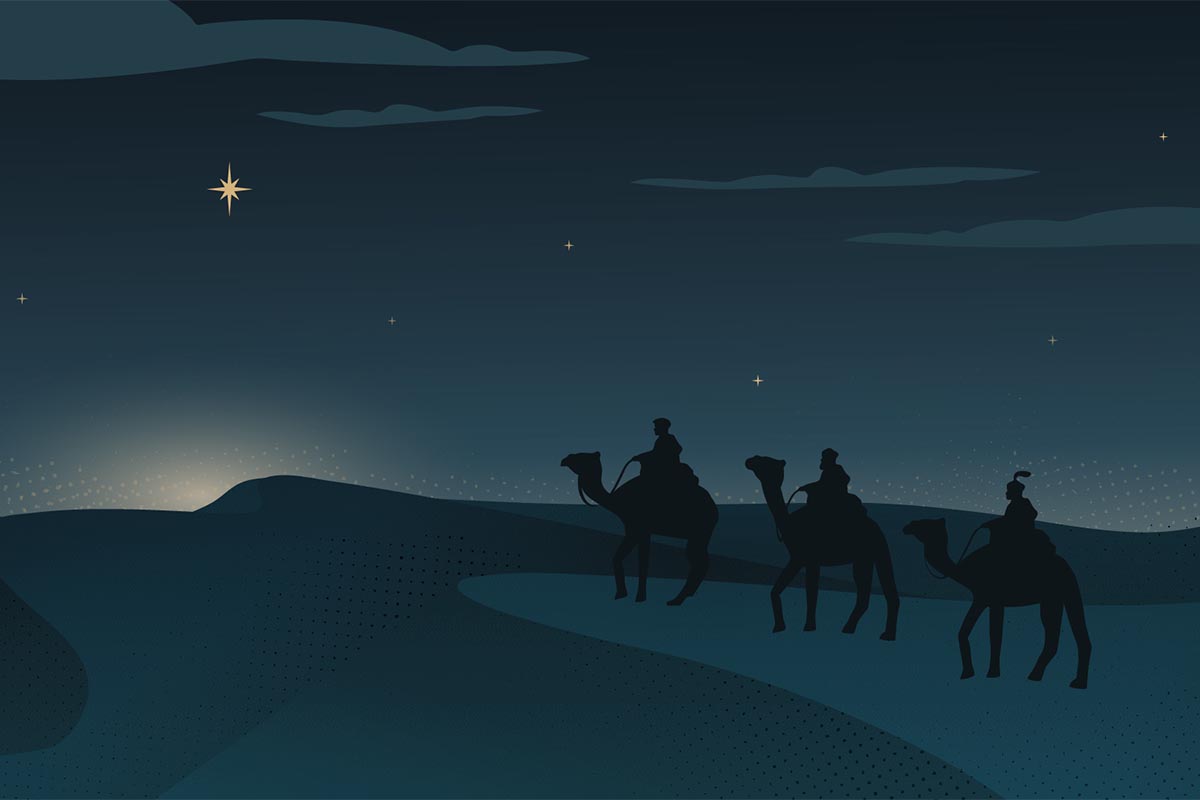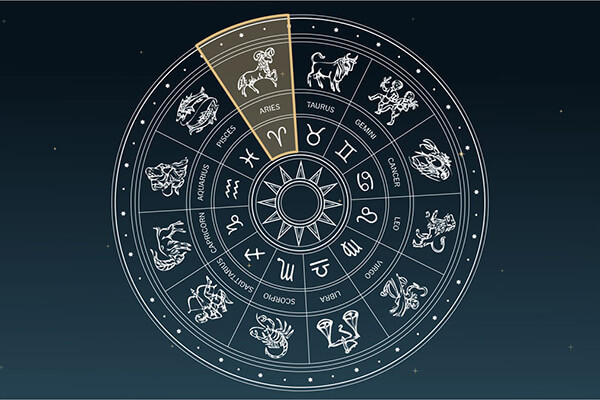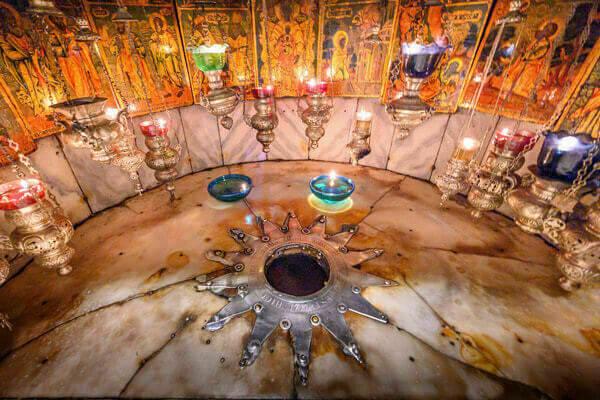Read the transcript
The transcript has been formatted and lightly edited for clarity and readability.
Grant Mathews:
The Magi, I kind of think of them with the perspective of a modern astrophysicist or astronomer. We’re kind of looking out at the sky to try to get answers about our place in the cosmos.
Jenna Liberto:
It’s a story so familiar to many that you may not even realize there’s more to be discovered. The Bible describes an event in the sky that led so-called wise men to Jesus. Scripture calls it a star, but what was it really? That’s the question Grant Mathews, director of the Center for Astrophysics at Notre Dame, set out to answer.
He believes the Christmas star was actually a planetary alignment. He shares his research with us for this episode of Notre Dame Stories.
Introduction:
Welcome to Notre Dame Stories, the official podcast of the University of Notre Dame. Here we take you along the journey where curiosity becomes a breakthrough for people using knowledge as a means for good in the world.
When Jesus was born in Bethlehem of Judea,
in the days of King Herod, behold, Magi
from the east arrived in Jerusalem, saying,
“Where is the newborn king of the
Jews? We saw his star at its rising and
have come to do him homage.”
—Matthew 2:1
Jenna Liberto:
Let’s start by talking about who the Magi, or commonly called the wise men, who they were.
Grant Mathews:
Well, no one knows for sure, but most likely they would have been Zoroastrian priests that, at that time, would have resided mainly in Babylonia, Mesopotamia. Since then they’ve been dispersed, mainly to India, but they had their own belief system based upon the sky. They still have it to this day; it’s a practiced religion to this day. They would look for signs in the sky. They had their own sense of a messiah, and that the coming of the messiah would be written in signs in the sky, and so they would have looked for what we would call today an astrological sign.
Jenna Liberto:
So, not only would they have noticed something out of the ordinary, they made it a practice to read the heavens to understand intricacies of the changes that we might see.
Grant Mathews:
Yeah. They made careful charts of where the planets were moving—the wanderers, the planets, the stars—how they were moving on the sky. And the constellations had meaning, not only for what time of year one was born, but also they were associated with different geographical regions. The region associated with Judea and some surrounding areas—Palestine, Judea—that would have been associated with the constellation Aries.
Jenna Liberto:
When did this happen?
Grant Mathews:
I would guess it was April 17 in 4 or 5 BC when there was this planetary alignment.
Jenna Liberto:
So let’s talk more about this planetary alignment and what it may have looked like to the trained observer. You’ve talked a little bit about that. To an untrained eye, what would this look like for us today?
Grant Mathews:
So alignments like this happen and people noticed them. Now in Judea, of course, astrology was forbidden, so this is why in the court of Herod no one would have had a sense of, “Well tell us, what was this star? When did it appear?” It wasn’t some bright flashbulb in the sky
that everybody saw. It was a subtle thing.
When King Herod heard this, he was greatly
troubled, and all Jerusalem with him.
Assembling all the chief priests and the
scribes of the people, he inquired of them
where the Messiah was to be born.
—Matthew 2:3–4
Jenna Liberto:
In the Bible, the Magi tell King Herod what they’ve seen and he doesn’t recognize what’s happened, which would feed into the theory that this wasn’t . . . maybe it was a phenomenon but not a bright, splashy one like we might think.
Grant Mathews:
Yeah. Alignments of planets happen all the time, but getting all the planets within a very narrow angle is a little more rare; but you also needed the sun to be there at the same time, the moon to be there at the same time, and the other planets that weren’t there—actually, on the side, they were called attending planets—that would lift this up, and it all had to happen within the vernal equinox. Aries was at the top of the astrological chart.
Jenna Liberto:
Talk more about the specifics of that planet alignment and what that tells you.
Grant Mathews:
It happened that, on this alignment, the sun was in Aries. Jupiter, the symbol of a ruler, was in Aries; at the same time, Saturn was in Aries, the “giver of life” kind of image at the time. The moon was there. The moon being there, and Jupiter, would have symbolized there was a ruler that had an important destiny in their death. Right next door, in Pisces, was Venus. So that would have been what would have been called an attending planet, sort of lifting up whatever this symbolism was.
On the other side, there was Mars and Mercury. They would have been attending the other side. So all of them together were lifting up this symbol of a ruler born in the geographical region associated with Aries, which would have been Judea, that had a special destiny and was also a bringer of life.
And behold, the star that they had
seen at its rising preceded them,
until it came and stopped over the
place where the child was.
—Matthew 2:9
Jenna Liberto:
The other clue scripture gives us—and I’m paraphrasing, of course—but the star came to rest in the place that Jesus was. What does that tell us?
Grant Mathews:
Oh yeah, there’s actually two parts to that. After they leave Herod, it says the star went before them. Proegēn is the word in Greek, which, actually, was an astronomical term—going before means it’s going opposite. Normally, the planets move in the opposite direction, so if it was a planet—a part of this alignment—that was leading them, it would have had to have turned and gone backwards in the sky.
It turns out at this very time, Jupiter goes into what we call retrograde motion. It’s because Jupiter’s going around the Earth, [it] moves faster. You look at Jupiter with respect to the background stars, it looks like it’s going backwards, which in that time, in that context, meant it was going before them.
The other really interesting thing about this alignment, OK, it’s going before them in Aries. In that story, it says the star came to rest in the place where the Christ child was. Well, that coming to rest literally means standing still in the sky. So what happens is Jupiter, which is the ruler symbol of that alignment, actually does go before them and comes to rest right in the middle of Aries on this particular time.
So, my interpretation of that, and others, of course, is that histēmi pano—that coming to rest—is when Jupiter stops its retrograde motion in Aries, saying, “Well, this is the place.”
They were overjoyed at seeing the star, and on entering
the house they saw the child with Mary his mother . . .
Then they opened their treasures and offered
him gifts of gold, frankincense, and myrrh.
—Matthew 2:11
Jenna Liberto:
The question that’s still left to be answered is, why? Why the Magi? Why would God choose to work through these wise men to tell this story? Is that something you think about as you do your work?
Grant Mathews:
Well, yeah. Of course, that’s a theological question and I’m no theologian, but I kind of think of them in the perspective of a modern astrophysicist or astronomer. We’re kind of looking out at the sky to try to get answers about our place in the cosmos, and they were doing the same thing. Even though that was not an allowed religion in Judea, those Magi were looking for the order, the Creator, in the cosmos, and a coming messiah.
And my speculation—my thought—is that God honored that, just as He does today. Anyone who’s looking for Him, He honors that.
Jenna Liberto:
There’s even more to know about this story. To read that and to learn more about Grant Mathews’ research, click on the link in the show notes.
Thanks for joining us for Notre Dame Stories, the official podcast of the University of Notre Dame. Find us on stories.nd.edu and subscribe wherever you get your podcasts.



